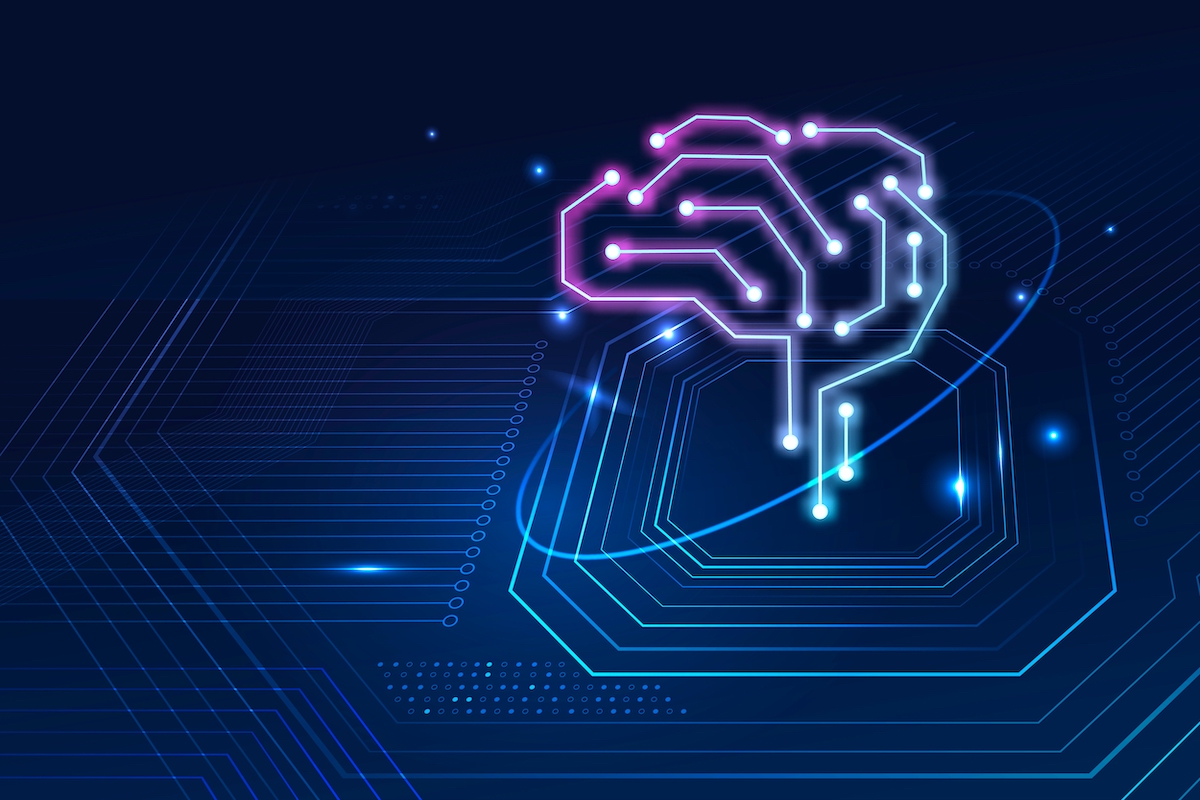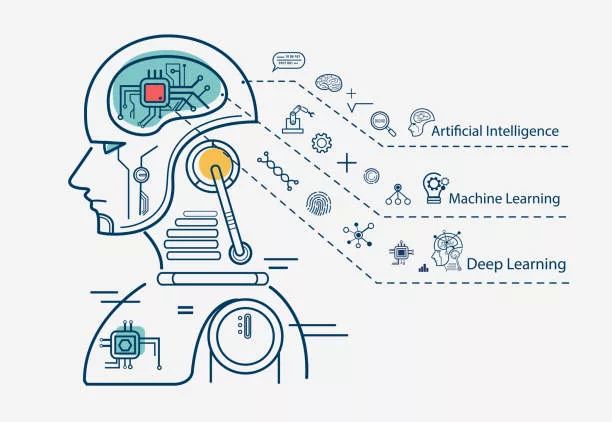Unlocking the power of technology has always been a fascination for human beings. From the invention of fire to the creation of smartphones, we have come a long way. But one technology that is taking over the world by storm is machine learning. You might have heard about it several times but do you know what exactly it means? If not, then this blog post is just the right place for you! Get ready to dive into the exciting world of machine learning and discover how it’s changing our lives in more ways than we can imagine.
What is Machine Learning?
Machine learning is a subset of artificial intelligence that allows computers to learn without being explicitly programmed. It works by taking large sets of data and using algorithms to identify relationships between them, in the hope of producing results that would not have been possible without the data.
Types of Machine Learning
Machine learning is a subfield of artificial intelligence that deals with the ability of computer systems to learn from data. In practice, this means that the computer system can identify patterns in data and use this information to improve its performance on future tasks. There are many different types of machine learning, but the most common is supervised learning. This uses a teacher—usually a human—to provide accurate feedback about the learner’s progress. Unsupervised learning algorithms don’t have a teacher, and instead rely on the data itself to teach the computer system about how to perform certain tasks.
How do Machines Learn?
Machine learning is a subfield of artificial intelligence that focuses on the problem of teaching machines to learn from data, without being explicitly programmed. This involves creating algorithms that allow computers to improve their performance at tasks by “self-improvement”.
To achieve this, machine learning algorithms employ a number of techniques, such as supervised and unsupervised learning, reinforcement learning, and transfer learning. Supervised learning is where you can give specific instructions the machine about what it should do with the data. Unsupervised learning meanwhile, does not have these instructions and relies on the machine to find patterns in the data itself. Reinforcement learning then uses feedback loops to teach the machine how to behave in order to receive rewards (such as points awarded for correct answers). Transfer learning takes elements of one task and applies them to another task in order to improve performance.
Applications of Machine Learning
Machine learning is the process of using computers to learn from data. You can do this in a variety of ways. However, this typically involves feeding data into a computer and letting it “figure out” how to use that data to make predictions or decisions. You can use this machine learning for a variety of purposes. This includes predicting future events, identifying patterns in data, and more.
Conclusion
In this article, we will be discussing what machine learning is and how it you can use it in business. We will also look at some of the different types of machine learning that are available and explain why you might want to use one over another. By the end of the article, you should have a better understanding of what machine learning is and how it works. This should help you make informed decisions when it comes to using it in your business.





